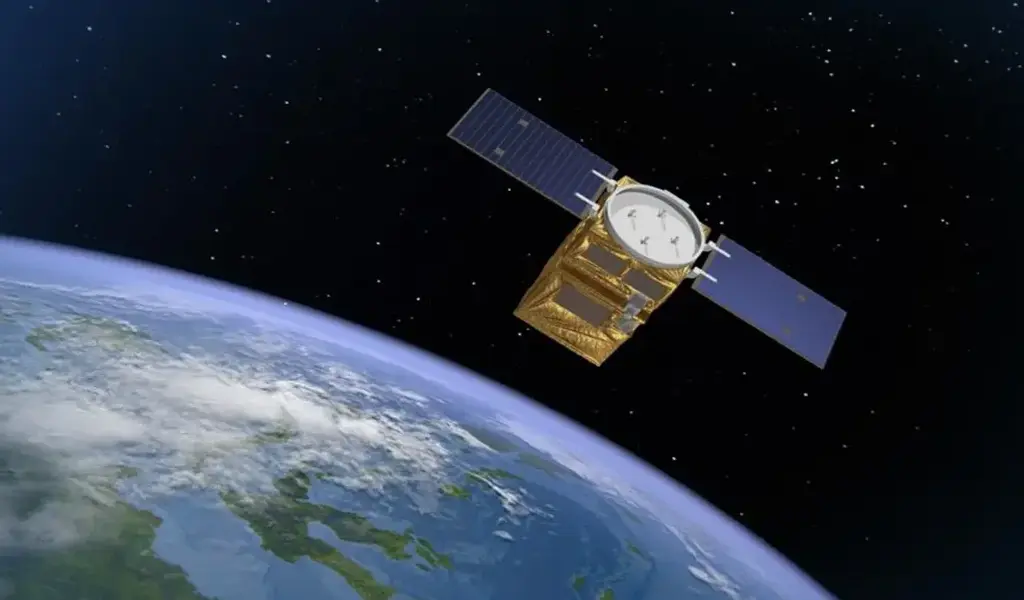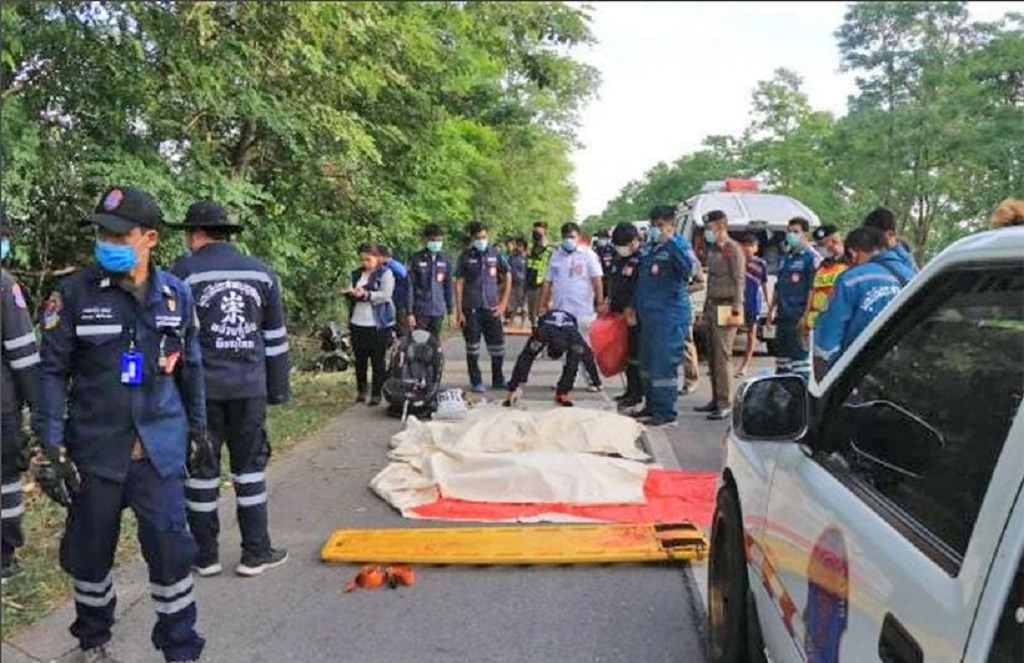News
Thailand is Set to Launch its First Earth Exploration Satellite into Orbit This Year

(CTN News) – Thailand plans to launch its first industrial-grade Earth exploration satellite into Orbit This Year.
20 Thai satellite engineers will launch Thailand’s first commercial-grade earth observation satellite this year. In collaboration with international space technology groups
The THEOS-2 Earth observation satellite, developed by 20 Thai satellite engineers in collaboration with foreign companies that have specialized knowledge and are well-known worldwide in space technology, is Thailand’s first industrial-grade observation satellite.
On January 26, 2023, Ms. Ratchada Thanadirek, Deputy Spokesperson of the Prime Minister’s Office, revealed the progress in sending the satellite into space.
Satellites should arrive in 2023, according to the Geo-Informatics and Space Technology Development Agency (GISTDA).
The operation of the THEOS-2 satellite is divided into 3 main parts:
1. Completion of THEOS-2, a large spacecraft, and THEOS-2A, a tiny satellite. The main satellite, also known as THEOS-2 or the Main satellite, has a weight of 425 kilograms and can take detailed pictures up to a height of 50 cm. It is an operational satellite used for security operations, disaster management, and monitoring of a region both locally and globally.
The first industrial-grade satellite for resource research, called THEOS-2A, weighs 100 kilos and was created by a group of more than 20 Thai satellite engineers. In 2023, both satellites are anticipated to go into orbit.
2. The National Assembly Integration and Test (AIT) facility is situated in the Si Racha District of the province of Chonburi. It is a facility with up-to-date machinery and labs that adhere to global standards. Build, construct, and test satellites ranging from Cubesat to Small Sat in Thai to assist the development of equipment components. Then, utilize them to test THEOS-2A satellites before launching them into space.
3. Create geospatial apps to employ cutting-edge geospatial data for policy decision-making for the government and associated entities. Integration of solutions (Integrated Solutions) in 6 areas is prioritized in line with the crucial tasks of the nation.
Specifically, agricultural and food security, comprehensive water management, emergency preparedness, management of natural resources and ecosystems, planning for urban growth, and security. be capable of successfully contributing to the direction and creation of policies at the national level.
Ms. kept talking. With that, Ratchada, One of Thailand’s 10 New S-Curves, or new industries of the future, is the development of space technology and the promotion of the growth of the space sector (Space Industry). The government actively supports and encourages enhancing one’s capacity to compete with other nations since this promotes economic development. Societal stability is achieved by reducing income distribution disparities.
The government has overseen the THEOS-2 satellite program and completed other significant tasks, such as crafting the Space Affairs Act to foster international collaboration in space technology and support space operations. And encouraging investment in the EEC region’s aerospace sector, among other things.
Related CTN News:
SpaceX Launches ‘GPS 3’ Navigation Satellite Into Orbit






























